Whether you’re seeking a fresh start in the new year or aiming to level up your career, switching jobs can be a powerful step forward. But with the excitement of accepting a new role comes the inevitable task of resigning from your current one. It’s essential to approach this process with professionalism to ensure a smooth transition and protect your reputation.
At Resource Provider Ltd, we help professionals navigate every stage of their career journey including how to leave a job the right way. In this article, we’ll walk you through how to write an effective resignation letter and manage your exit with confidence and class.
Why Your Resignation Letter Matters
A resignation letter serves as formal documentation of your intent to leave your current role. While it doesn’t need to be lengthy or overly detailed, it should reflect your professionalism and leave a positive final impression. Since this document often remains in your employment file, it’s worth taking a few moments to get it right.
What to Include in a Resignation Letter
To craft a clear and professional resignation letter, be sure to include the following elements:
- Your full name
- The date of writing
- The recipient’s name and job title
- A clear statement of resignation
- Your intended last working day
- A brief note of appreciation
- Your signature
You don’t need to go into specifics about why you’re leaving. A simple expression of gratitude for the opportunity is a thoughtful way to close the letter.
What to Avoid in a Resignation Letter
Even if your reasons for leaving are tied to dissatisfaction, a resignation letter is not the place to vent. Avoid criticism, complaints, or any emotional language. If you feel the need to share feedback, save it for a respectful conversation during an exit interview or a one-on-one discussion. Maintaining professionalism will help you protect your reputation and future references.
When and How to Hand in Your Resignation
Only resign after you have officially accepted and received confirmation of your new job offer. While the standard notice period in many roles is two weeks, giving more time can be appreciated if your schedule allows.
Schedule a meeting with your manager to deliver the news in person or via video call. Prepare to stay calm and professional, even if the conversation is uncomfortable. You can either hand in your resignation letter during this meeting or email it shortly afterward.
What to Expect After Resigning
Once your resignation is accepted, you’ll begin your notice period. It’s important to remain committed and continue to perform your duties to the best of your ability. If asked, offer to help with the transition this might include training your replacement or preparing detailed handover notes.
In many organisations, HR will schedule an exit interview. This is your opportunity to provide constructive feedback that could benefit future employees. Be honest, but remain respectful and solution-focused.
Final Thoughts
Leaving a job can feel uncomfortable, but it doesn’t have to be. By approaching your resignation with tact and professionalism, you can leave on good terms and maintain strong relationships with your former employer.
If you haven’t secured your next opportunity yet, Resource Provider Ltd is here to help. Explore our current job listings and connect with our experienced recruitment consultants who can match you with your next great role.
Search Jobs with Resource Provider Ltd and Take the Next Step in Your Career.
